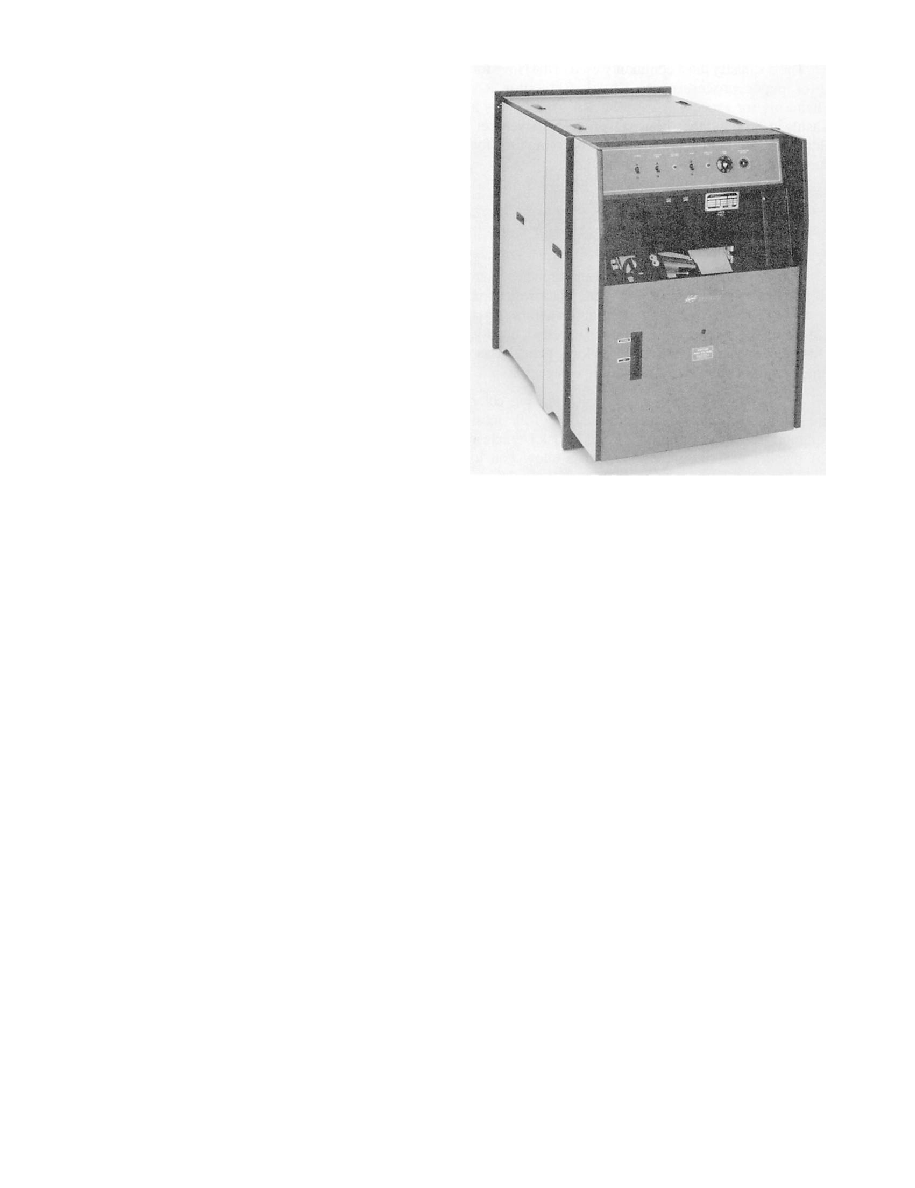
DOFMaster
for Windows
On-line
Depth of Field
Calculator
DOFMaster for Mobile Devices
On-line
Depth of Field
Table
Hyperfocal
Distance Chart
Articles
FAQ
Recommended
Books
Support
Contact
Links
Home
for Windows
On-line
Depth of Field
Calculator
DOFMaster for Mobile Devices
On-line
Depth of Field
Table
Hyperfocal
Distance Chart
Articles
FAQ
Recommended
Books
Support
Contact
Links
Home
As an Amazon Associate I earn from qualifying purchases.
![]()
the printer. This system has essentially been replaced
with electronic darkrooms at Navy imaging facilities.
measurements through tricolor filters.
projected image on the baseboard. This small probe is
connected to a fiber-optic light tube that carries the light
from the reference area to the body of the photometer.
printing. Once a good color print is made from the
standard negative, the image luminance of the master
negative is measured from the reference area. This
reference area is read through red, green, and blue
tricolor filtered sensors and finally without filters over
the photocell. The analyzer scale is then zeroed for each
in the enlarger and place the photocell on the same
projected reference area on the easel. The aperture and
dichroic filters are then changed until the meter is zeroed
out once again.
compensates for filter fading, lamp aging, and different
image magnifications. Exposure and filtration are given
directly. A disadvantage is that the readings must be
made under the same conditions as color printing on an
of the projected image of the enlarger). Both on-easel
and off-easel evaluation depend strongly on accurate
readings and placement and choice of a good reference
area.
measurements and large-area or integrated measure-
ments. Small-area measurements made on the easel are
the most accurate; however, a small-reference area is not
always possible.
measurements are made usually from the whole
negative area. For off-easel evaluation using a
readings. For on-easel analyzers, the image is integrated
by placing diffusion material between the negative and
the photocell. You then place the photocell and sample
various areas of the projected image. These sample areas
are then "`integrated" to gray as though they were a
compensate for images that do not contain typical color
or tonal distributions; for example, when the subject of
a negative is predominantly red, an integrated reading
overcompensates and a cyan print results. That is called
subject anomaly or subject failure. This is the method
these, must be color corrected manually.
matic. Like color film, time and solution temperature is
much more critical than in black-and-white processing.
Because the processing of color paper must be very
consistent, color prints are not processed in trays. Color
paper is always processed in automatic color print
Basic Photography Course

As an Amazon Associate I earn from qualifying purchases.
WWW.DOFMASTER.COM
© 2006 Don Fleming. All rights reserved.
© 2006 Don Fleming. All rights reserved.